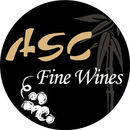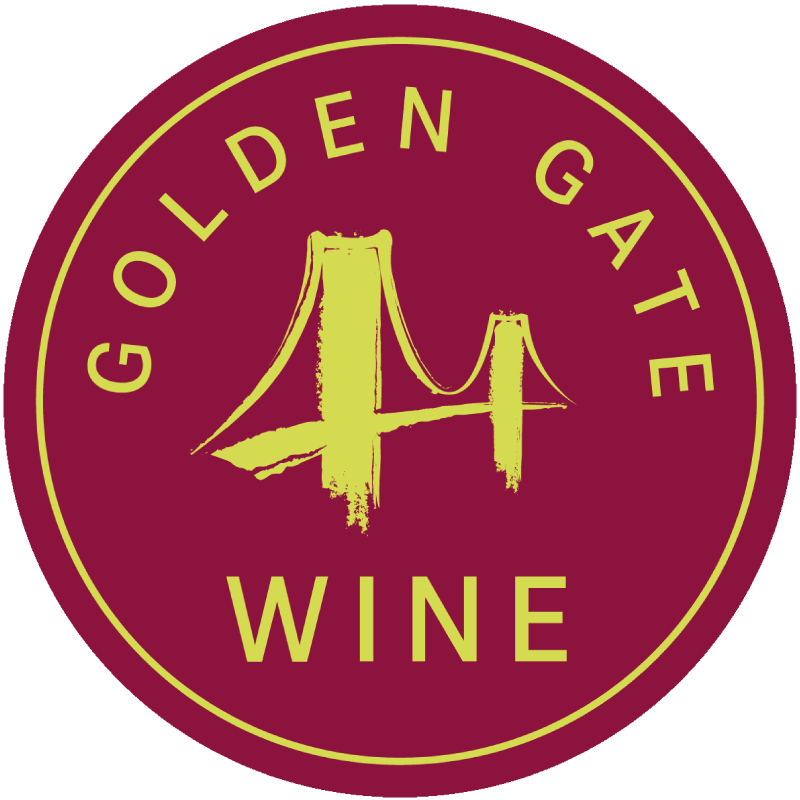
SIPS OF SUMMER
WINE POP-UP
California Gold Rush (1849)
The first golden glitter was discovered at Sutter’s Mill near Coloma (El Dorado County) by James W. Marshall in January 1848 on the South Fork of the American River. This changed the course of California’s history and started the Gold Rush era. Word began to spread outside of California and when President James Polk confirmed the discovery in December 1848, gold-seekers from around the country, Europe, and across the globe flocked to California the following year. Nearly 100,000 people arrived in California in 1849 from all around the world to seek their fortune, dubbed the “Forty-Niners”. In a year’s time, San Francisco grew from a small coastal town to a city of over 25,000. The California Gold Rush peaked in 1852 and by the mid-1850s, the extraction techniques required to mine remaining gold became increasingly complex. Individual gold miners could no longer compete with mining companies, which led to the end of the Gold Rush era by the end of the decade.
California Wine Flourished
An estimate of over 300,000 people migrated to California since the beginning of the Gold Rush up till 1855. New towns and cities sprang up in Northern California near gold mine sites. Although many of the immigrants intended to make a fortune of gold, many of them realized that capitalizing on the miners and settlers themselves would equally make as much money, leading to an increase of economic activities and a wine industry boom. Soon after the Gold Rush fever cooled down, plantings vastly expanded in California from 1.5 million vines to nearly 4 million vines in just two years between 1856 and 1858. It was during this boom in 1857, that Agoston Haraszthy de Mokesa (1812-1869), often referred to as the ‘Father of California Wine’, established Buena Vista Winery, California’s first commercial winery in Sonoma.
Harszthy moved from his homeland Hungary to the United States in 1840, arriving at Wisconsin at the age of 28. Born into a wealthy, land-owning family, he grew up in vineyards and orchards that had been in his family for centuries. A skilled lover of all things agriculture, he tried growing his treasured grapes in Wisconsin. Harsh winters of Wisconsin proved problematic so he searched for elsewhere for grape-growing. He journeyed to California in 1849 when the California Gold Rush hit. He never stopped dreaming of ‘purple gold’ and he was certain that superb grapes could be grown in California. In 1856, he set his sights on Sonoma and acquired an old, dry-farmed vineyard known as Buena Vista Ranch. It was there Agoston constructed the beautiful stone winery and planted his first Sonoma vineyard. His passion also inspired many others to take up winegrowing in Sonoma, including Charles Krug, a friend from San Francisco, who later moved to the Napa Valley and founded the famous Charles Krug Winery in 1861, the first winery in the region. In the next few decades until the end of the 19th Century, California wines flourished. New regions were used for vines. Wine production in California went from 2.5 million gallons in 1866 to 31.4 million gallons in 1899. The completion of the transcontinental railroad in 1869 gave the state’s wineries ready access to major cities and markets in the Midwest and on the East Coast. By the end of the nineteenth century California wines were being exported to the UK, continental Europe, Central America, Asia, and beyond. However, the California wine industry took a downturn not long after its initial success.
加州淘金熱 (1849)
1848年1月,James W. Marshall在美國河(American River)南分叉科洛馬(El Dorado County)附近的沙特鋸木廠(Sutter’s Mill)發現金光閃閃的亮片,繼而改寫了加州歷史。發現黄金的消息漸漸傳開至加州以外,總統James Polk於1848年12月確認發現後,來自全國、歐洲以至世界各地的淘金者紛紛於往後一年湧到加州。 1849年的淘金熱為加州帶來別稱為「四九人」(Forty-Niners)的大量新移民,這年約有十萬人來到這兒淘金。加州淘金熱於1852年達至巔峰,到了1850年代中期,開採餘下黄金的提取技術變得複雜,個人淘金者再不能與開採公司競爭,淘金熱潮於1850年代末終告結束。
加州酒的興盛
從淘金熱開始至1855年,估約三十萬人移居到加州,鄰近北加州金礦的新市鎮逐漸形成。雖然不少新移民本來是為了淘金而來,不少人發覺從淘金者和定居者身上賺來的錢同樣可觀,經濟活動開始出現,葡萄酒業亦相繼於這個時代興旺起來。在淘金熱潮過後的1856年至1858年的兩年間,葡萄種植由150萬株升至400萬。期間,被稱為「加州酒之父」的Agoston Haraszthy de Mokesa(1812-1869)於1857年成立了Sonama的首家商業酒莊Buena Vista Winery。
Haraszthy生於擁有土地的富裕家庭,自小在逾百年歷史的葡萄園和果園陪伴下成長。他於1840年從家鄉匈牙利移居至美國,年時28歲,他首先到達威斯康辛(Wisconsin),由於愛好耕種,他本想以熟練的技術嘗試種植葡萄,但當地的寒冬帶來問題,令他決定尋找其他地方栽種葡萄。1849年的加州淘金熱來臨之際,他踏上旅途前往加州,在令人興奮的淘金熱的幾年間,他仍念念不忘「紫金」,深信在加州能種出優質的葡萄。1856年,他注意到Sonoma這地方,在此購入歷史悠久並以旱作耕種的葡萄園,名為Buena Vista Ranch,他在這兒興建了優雅的石砌建築物作為酒莊,亦栽種了他的第一塊葡萄田。他的熱忱更啟發不少人在Sonoma開始種植葡萄,當中包括他在三藩市認識的朋友Charles Krug,及後,Charles移居Napa Valley,並在該處成立了當地第一家酒莊,那就是著名的Charles Krug Winery。 往後的數十年至十九世紀末,加州酒興盛起來,種植葡萄的新產區冒起,葡萄酒產量由1866年的250萬加侖升至1899年的3,100萬加侖。二十世紀初,葡萄酒更開始出口至外地。然而,再過不久,加州酒業即將從成功之初步向衰退。

Photograph of ‘Count’ Agoston Haraszthy, founder of Buena Vista Winery (c1861). Photo courtesy of Buena Vista Winery.


























